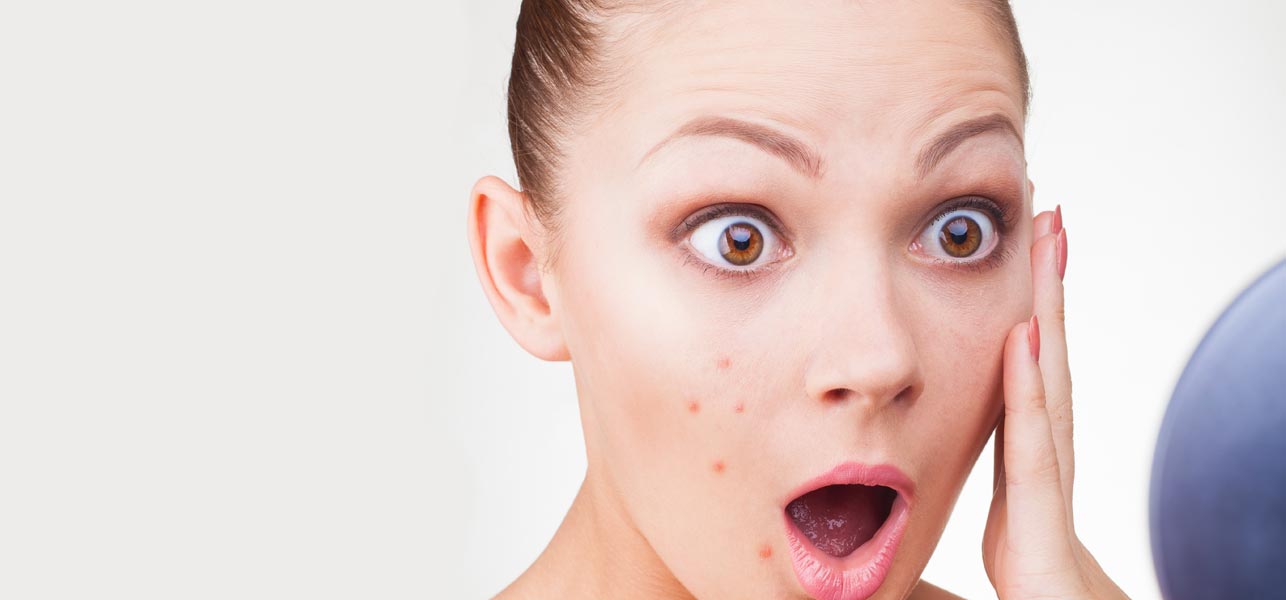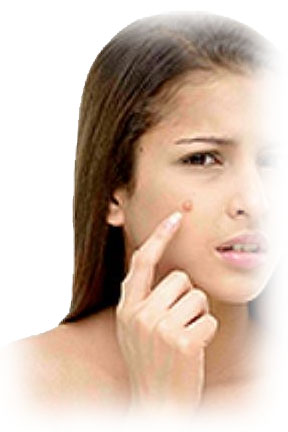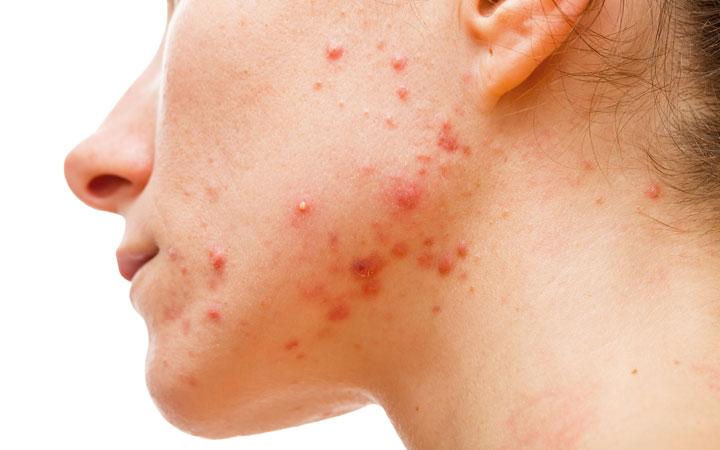Boils on Face
Boils affect people of all ages and conditions, including young children. If a child is affected by a boil near the nose or mouth area, consult their pediatrician as these types of infections can lead to blood poisoning which can potentially affect the child’s brain. The doctor can check and treat the boil quickly. Adults should also heed the advice to consult a physician if a boil appears in the same areas of the face or if it doesn’t heal after two weeks. There may be more to the situation than meets the eye.
Boils affect people of all ages and conditions, including young children. If a child is affected by a boil near the nose or mouth area, consult their pediatrician as these types of infections can lead to blood poisoning which can potentially affect the child’s brain. The doctor can check and treat the boil quickly. Adults should also heed the advice to consult a physician if a boil appears in the same areas of the face or if it doesn’t heal after two weeks. There may be more to the situation than meets the eye.
Boils on the face are an infection in the skin. There are many changes taking place in our body daily, so it’s important that our body gets sufficient nutrition to perform all the activities. Sometimes, lack of nutrients also causes skin conditions like boils on the face, acne, white patches, etc. Boils on the face are also symptoms of poor nutrition, blood impurity, lack of hygiene, problems with the immune system, bacterial infection, and diabetes.
How to Treat a Boil on Face?
Generally, people ignore the boil in the initial stages, when it is tiny; but it is always a good idea to treat it before the boil gets bigger. So now, we’ll go over some information about how to get rid of a boil on the face.
If the boil is big enough and the pus is visible, take a wet, clean piece of cloth that feels soft on the skin. Place the wet cloth on the infected boil on the face. As this cloth stays on the infected boil, it moves the pus to the head of the boil from where it starts to drain out. Following this, at least twice every day will help the boil to drain, in about five to six days.
Soaking the boil will help the pus to move up to the head and drain. After the boil has drained, wash your face thoroughly with an anti-bacterial face wash. You can also apply an antibacterial ointment, which your doctor suggests. Antibiotics can also help in healing the boils. A bandage can be used to avoid chances of dust sticking on the boil. Repeat this, till the boil heals. If a scar remains, use ointments that treat scars.
Causes of Boils
Boils are usually caused by a bacteria called Staphylococcus (staph). Most staph infections develop into abscesses and can become serious very quickly. This germ can be present on normal skin and enters the body through tiny breaks in the skin or by traveling down a hair to the follicle.
Certain health problems make people more susceptible to skin infections such as boils. Examples are diabetes, problems with the immune system, poor nutrition, poor hygiene, and exposure to harsh chemicals that irritate the skin.
Symptoms of Boils
A boil starts as a hard, red, painful lump usually less than an inch in size. Over the next few days, the lump becomes softer, larger, and more painful. Soon a pocket of pus forms on the top of the boil. Signs of a severe infection are, the skin around the boil becomes red, painful, and swollen, more boils may appear around the original one, a fever develops, and the lymph nodes become swollen
Information on Acne Boils
- During the time of our teenage, the oil glands are highly active and secrete oil in large amounts. Often the oil oozes out of the pores. Improper maintenance of hygiene and lack of cleanliness may cause external dirt or dust and dead skin to block the oil ducts and as a result of which acne is developed.
- Generally, the incidence of acne gradually vanishes as a person grows old and passes his or her teenage or the age of puberty. In case the occurrence of acne persists and continues almost till the age of 3 or even more that too characterized by severe kinds of acne like cystic acne, a doctor’s consultation is a must for them.
- Acne scarring, more in the cases of acne boils, it is a matter of concern as scars left on the face of a person can affect his or her physical appearance to a great extent.
- If acne occurs suddenly in early childhood, immediate medical supervision is required. Formation of acne at a premature tender age can be the indication of hormonal imbalance, which requires immediate treatment.
- Acne growing in large numbers at a single skin area is known as cysts, carbuncles, or furuncles. A furuncle generally has a single head while a carbuncle is the one that has several heads. The furuncle is milder in form than the other.
- Acne boils are large in size and are characterized by inflammation. The pimple boils are mainly formed due to the incidence of bacteria called staphylococcus. The bacteria may come from outside or may inhibit the very skin surface of the sufferer. The bacteria enter whenever it finds an opening on the surface of the skin.
- A very typical feature of acne boils is that they are filled with a white substance called pus. From time to time pus flows out from the infected area along with blood. The pus is filled with bacteria, white blood cells, protein, and other dead cells. You should be cautious while dealing with the pus as it is highly infectious in nature and can cause the development of acne boils in the fresh new skin surfaces, especially the regions that have highly developed oil and sebaceous glands.




Pimple has became big problem for everyone, especially young people or teenager. On the Internet we can found many tips on how to prevent and treat pimple. One good place I found about pimple cure is your website. thanks you very much